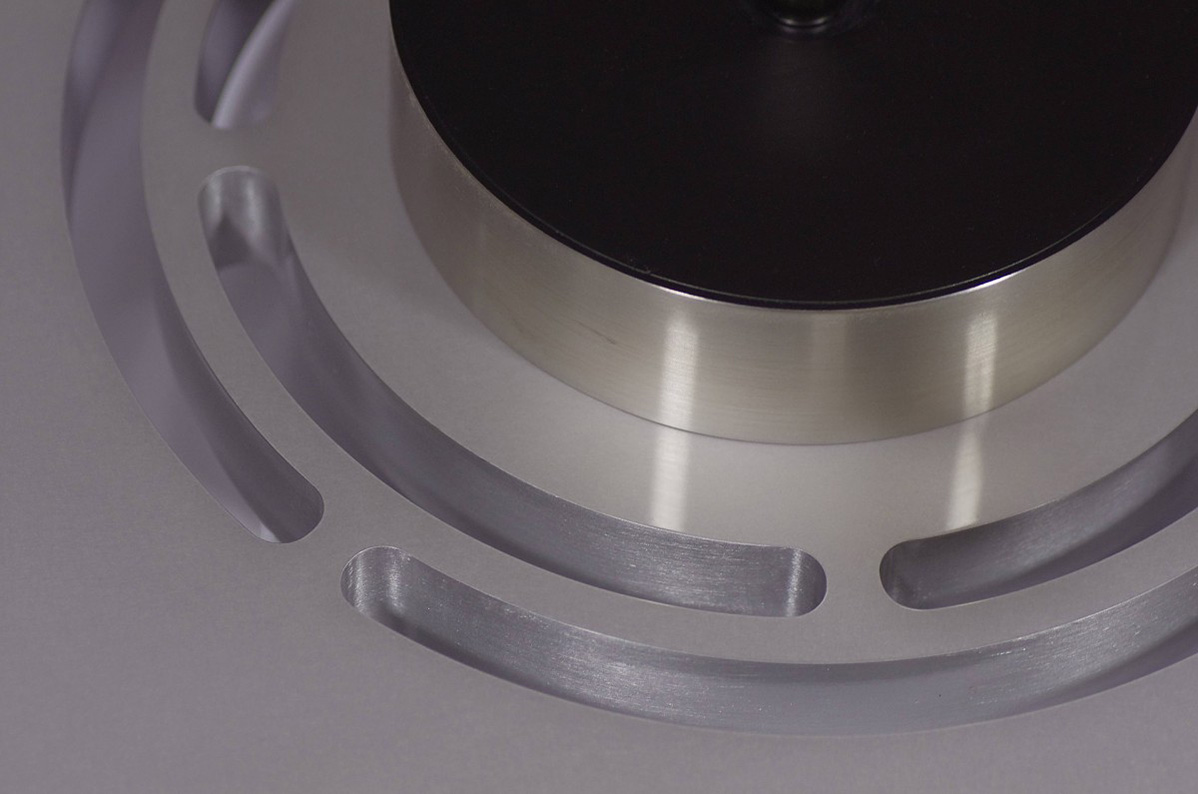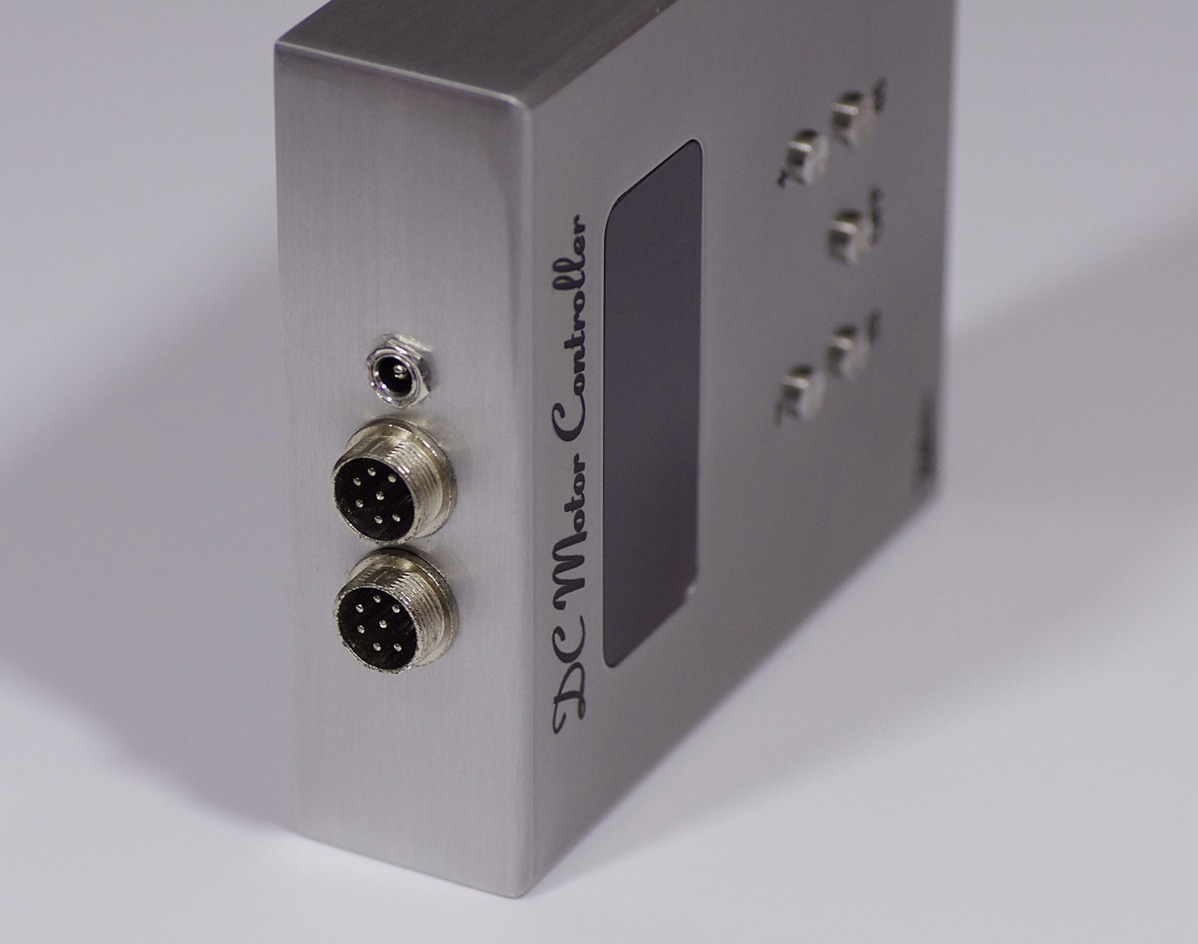 |
|
|
There was one more aspect which supported such pricing: direct sales. Customers could obtain these products only direct from the manufacturer. The lack of any dealership network made it difficult to audition these turntables outside Lublin but it clearly did contribute to the favorable pricing. By the way, if interested and it is possible for you to go to Lublin, go ahead and arrange for a visit. I already sent several seriously interested people to him and as far as I know, none left their meeting with the designer disappointed. Also, the number of units sold has been growing. After shows in the UK and Poland's 2016 event, things changed. Distributors from around the world expressed interest and started to cooperate with our Polish manufacturer. Unfortunately for the end user, prices had to go up. Distributors must earn their share. On the upside, there are now audition samples in several countries already. You have a chance to listen prior to committing to a purchase. The new product premiered during the above-mentioned November shows last year reconfirmed Mr. Sikora's approach to business and his customers. Instead of monetizing the bronze experiment to market something several times pricier than his existing Reference, our designer spent a lot of time to create a turntable which he could offer for half the price of the Standard while keeping as much performance as possible. Surely the new Initial is not a Volksdeck. Its price won't compete with inexpensive Rega and Pro-Ject models. It might be entry-level for the J.Sikora brand but it still offers true high-end performance. It obviously can't duplicate the Standard's performance but the difference between these is definitely smaller than the price gap would suggest. Let's take a closer look.
|
 |
Design. The Initial is much smaller than its older/larger brothers. Its footprint occupies far less space on the rack and it doesn't weigh the colossal 85kg like my Standard or the 100kg+ as the Reference does but 'only' 28kg. Despite being much lighter, it still belongs to the non-suspended high-mass class. Like J.Sikora's other models, it again looks astonishingly good. I know that's always a matter of taste but I'd doubt the sincerity of anyone who told tell me that in his/her opinion the Initial looked poor. Because it uses some parts identical to the Standard, one should expect the same top build/finish quality and great price/performance ratio. A thick aluminium slab is the plinth. For the more expensive models these are composed of several constrained layers of different materials with varying density for even better vibration damping. To cut the sell price of the Standard in half, the manufacturer had to find ways to reduce his costs. The very basic goal was a significant reduction in build costs without a significant degradation in sound quality. The solution came about experimentally as one of the advantages of doing almost everything in-house. The specific cut-outs in the plinth do the job really well.
|
 |
The Starter features a platter made of POM, the same material used in all three models. It was chosen for its particular properties and Mr. Sikora saw no reason to change it even for the entry-level model. This table sports a single absolutely quiet motor which drives the platter with two flat rubber belts. The engine, main bearing and high-end controller provide excellent speed stability and are exactly the same as in the Standard which simply uses two motors. Mr. Janusz is an advocate of high-power motors that accelerate rapidly even with a heavy platter, maintain the required speed precisely and stop immediately when asked to. The Initial's motor is placed in a solid, rigid and heavy metal housing atop four silicone pads to damp vibrations. The controller is a separate well-made metal box with a small but clear display to show the chosen speed. There are five push-buttons that select 33 and 45rpm, stop and +/- for fine speed trim. The controller box too features four silicone pads on its bottom. The whole deck rests on aluminium footers with small top races for ceramic balls which themselves rest in a mirrored race of an aluminium pad.
|
|
|
|
|
The J.Sikora company does not design or manufacture its own tonearms or cartridges. They instead cooperate with one of the most renowned European specialists, the Slovenian Kuzma Company. The Initial delivered for review featured a Stogi S 12 VTA tonearm and CAR-30 pickup, both made by Kuzma. Customers might choose to purchase just the table but Mr. Janusz has an interesting offer. He proposes a full setup with the mentioned tonearm devoid of the VTA tower, hence the base S12. He claims that it offers the same performance despite lacking on-the-fly VTA adjustment. It's a handy function to have but the question each buyer must answer individually is whether it's worth several hundred euros? For most users it's probably not. Why not spend the savings on a few dozen vinyl records? As for the cartridge, they also suggest starting out with the less expensive Kuzma CAR-20. As proposed by Mr. Sikora, he can delivered a full setup with S12 arm and CAR-20 cartridge. Of course a customer can opt for virtually any tonearm. He just asks Mr. Janusz for the proper arm board and which cartridge he might recommend for that arm. From my experience I can confirm that the proposed complete setup offers an excellent price/performance ratio hard to match with any other combination of elements I know of. My recommendation is to trust this manufacturer and go with his suggestion unless of course you're willing to spend more for even better performance. Another aspect that people interested in this turntable should know about are possible upgrades. There are few and I will try to describe their impact on the performance below. Let me name them first though: an optional glass mat, record clamp and higher-quality power supply.
|
 |
Sound. As already mentioned, I received the Initial equipped with a somewhat more expensive version of the tonearm and cartridge than the basic complete setup proposes. I did not have a chance to listen to the arm without VTA tower but Janusz stressed that there is no difference in sound. It is the same arm after all. The added functionality in the more expensive version simply makes usage more convenient. Most people use the same cartridge for years. They don't necessarily own heavier 180g or 200g vinyl. Now VTA adjustments aren't something they do every day. So I believe that if a need to raise or lower the arm appears, the classic less convenient way of adjusting VTA won't be a problem. The CAR-20 cartridge may not be much cheaper than the CAR-30 but since any stylus wears off over time and has to be replaced sooner or later, starting with a less expensive pickup and upgrading it after a few years is not a bad solution if one is on a tight budget. One can obviously pick a different tonearm, an option I explored with a Schroeder CB on my own Standard. The furnished Kuzma Stogi S12 VTA tonearm and CAR-30 cartridge were subsequently replaced with my own Air Tight PC-3 (circa twice as expensive as the Kuzma) and a slightly cheaper Dynavector DV 20X2 H and L (high- and low-signal) pickup. Any of the latter two become an even less expensive alternative to the CAR-20 and did a great job, too.
|
 |
|
|

|
|